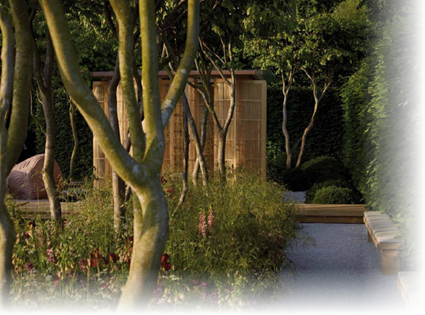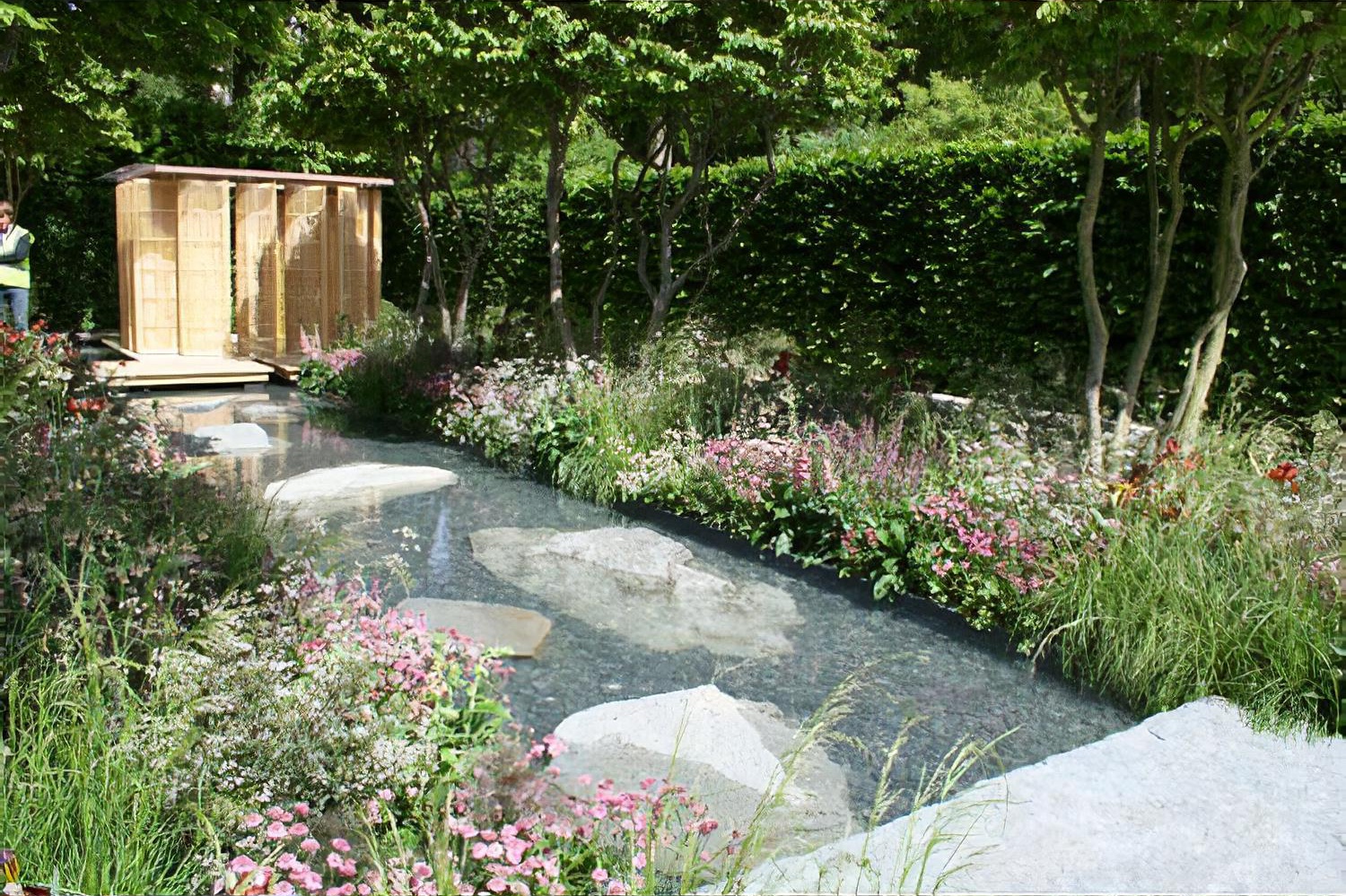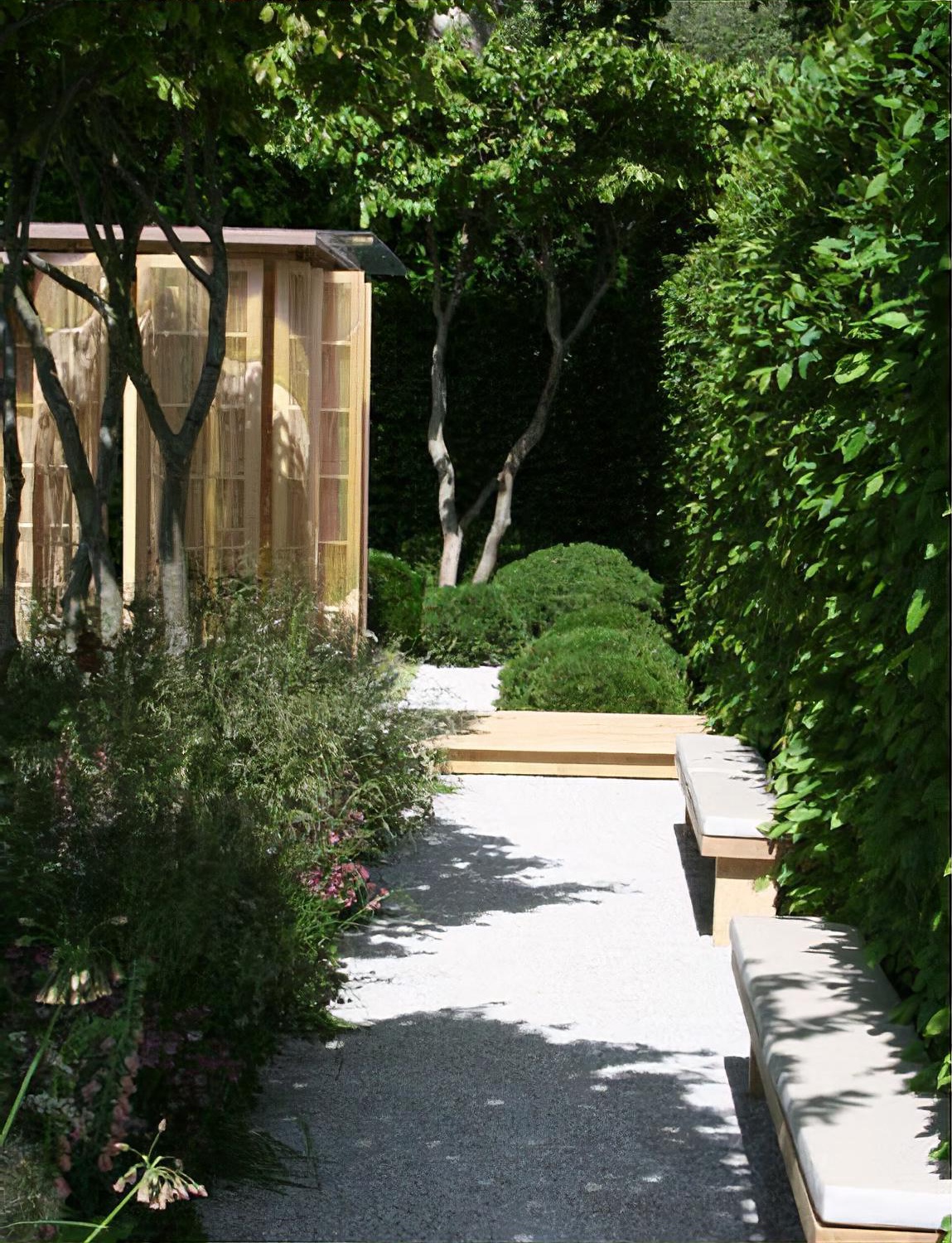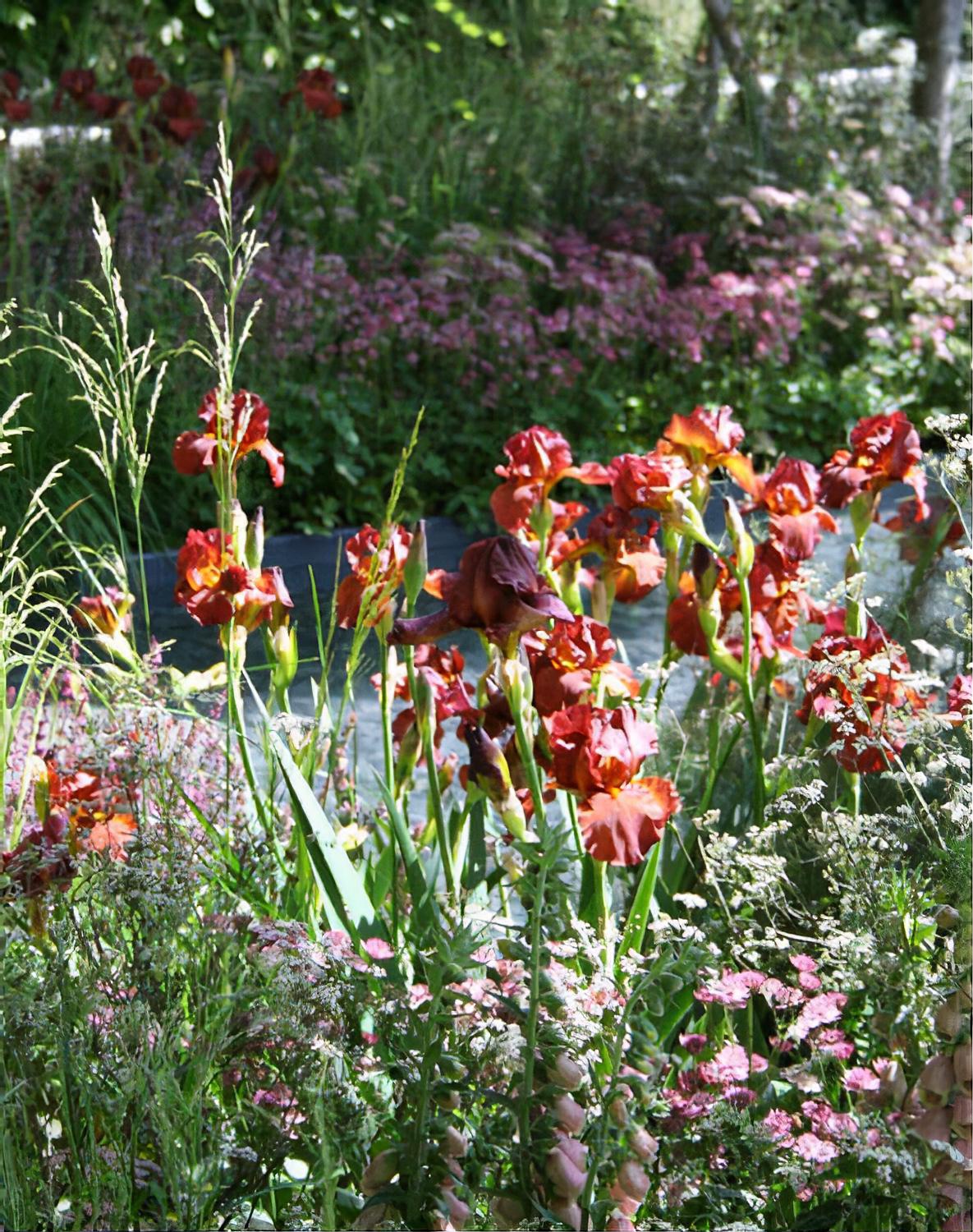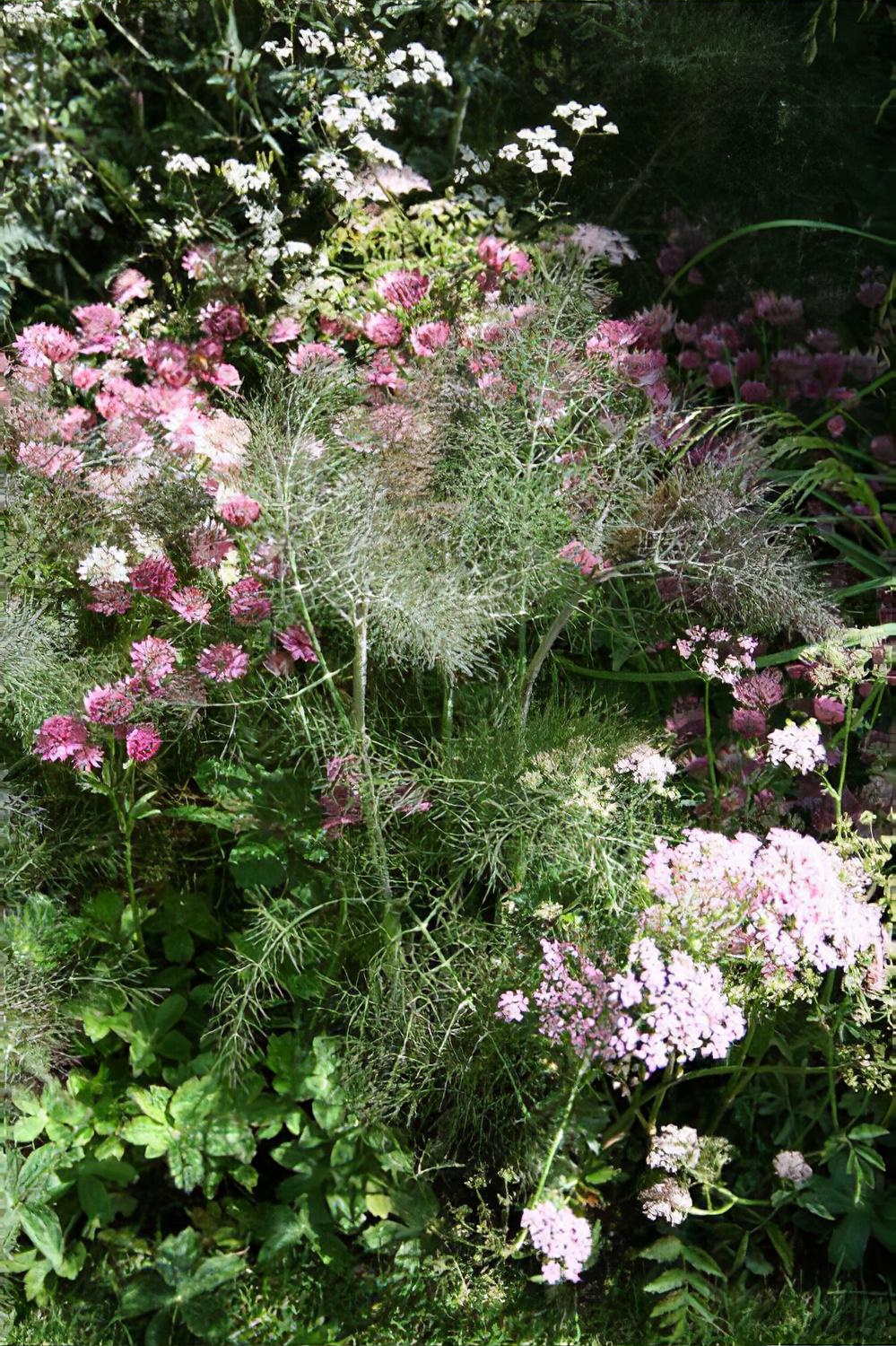I’ve now finished marking the final portfolio submissions from the OCGD students of 2007/2008 who completed their last assignments during the summer and I am delighted to be able to send my heartfelt congratulations to the student who came top of the class and has graduated with a much-deserved distinction.
Emily Garbutt, who lives in Reading, gained an overall score of 80% thanks to her consistency and attention to detail throughout every assignment. I always tell my students “The Devil’s In The Detail” and Emily’s distinction is proof of this adage.
Emily, whose background is in art and photography, is already designing for private clients and, alongside design talent, brings a wealth of understanding of construction and hard landscaping to her projects thanks to working alongside her partner, Trevor, who is the founder of the Reading-based EarthTech Landscaping.
The students in this year’s new intake are just completing the site survey for their very first project and I am looking forward to writing my Blog this time next year when, hopefully, I will be introducing you to more of our graduates who have achieved the same high standard as Emily.
It’s funny but I was only asked the other day how come, when the majority of students attending
garden design courses are female (this year we have just one male and ?? females) the majority of the well-known garden designers are still men?
Emily’s success proves there’s no reason for this gender discrepancy but when I stopped to think about it, I guess the answer has to be that primarily, the men who come on the course are intending to be the primary breadwinners in the family while a lot of the females will be working to bring in a secondary income.
A lot of our students, in fact the majority, are usually either mid-life or mid-something career changers and maybe, having enjoyed success in their previous careers, they’re now looking to take their foot of the gas somewhat? I’m not really sure because it’s such a personal thing.
What I do know, and I am forever banging on about this with my students, is that design talent is not enough to make a name for yourself in garden design (if that’s your goal) you also need good business acumen.
One of the first things I send students who are about to graduate is a link to one of their local business support organisations and I’ve noticed that those who follow through on this are those most likely to succeed.
I’ve also noticed that while a lot of our students who, like Emily, have an art background do extremely well on the course, so do many of the career changers who join us from a background of financial services, including banking.
Come to think of it, with the collapse of so many of the once-trusted and long-established banks, maybe we should start advertising the course in the Financial Times!































